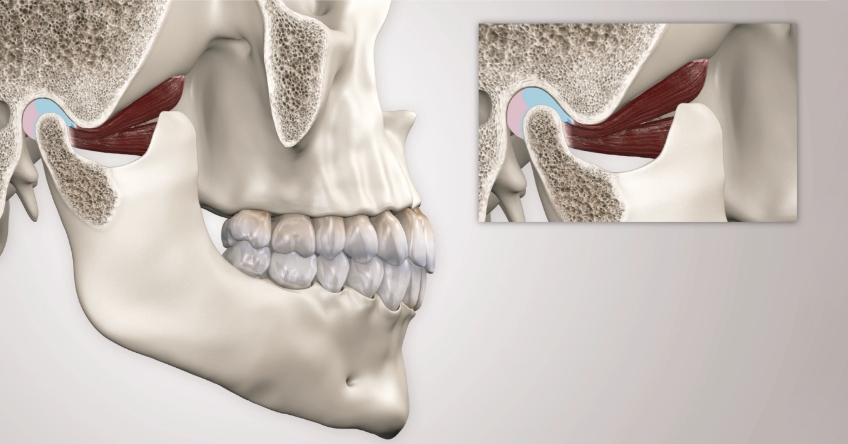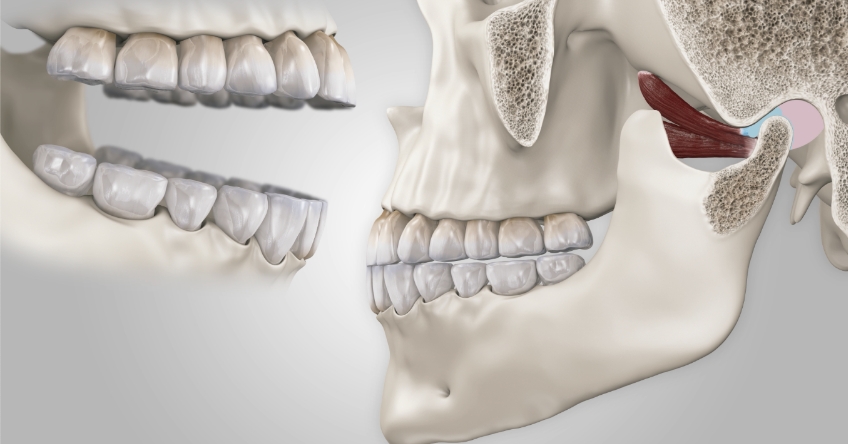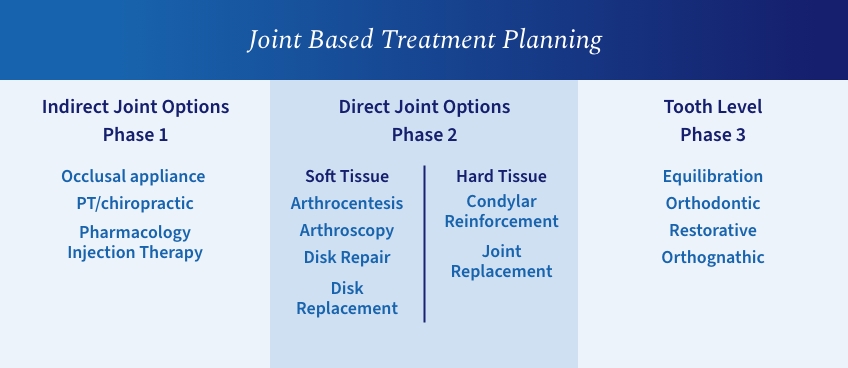TMJ and Treatment Planning: Treating Joint Issues for More Predictable Results
Patients with joint issues add a level of complexity to treatment planning. Different patients require different levels of care, especially related to temporomandibular joint (TMJ) issues. The TMJ connects the lower jaw to the temporal bone on the side of the head. When these joints are not functioning normally, they can impact a patient’s ability to speak and eat normally. This can result in dental issues such as occlusal instability or undue wear that can cause muscle spasms and pain for your patient.
A TMJ and treatment planning assessment will provide a more predictable and successful outcome before any procedure. Facially Generated Treatment Planning (FGTP) can also be essential in providing restorative dentists a template to address a patient’s esthetics, function, structure, biology (EFSB)when treating this condition at the tooth level.

Start With a Clinical Exam
Before dentists can begin FGTP, three issues must be addressed. First, treat any emergency issues such as periodontal conditions or pulpal exposures. Secondly, treat any TM joint issues and third, treat any airway issues. After addressing these issues, start with a clinical exam before joint based treatment planning can begin.
There are six components to a clinical exam:
- History
- Occlusal/facial analysis
- Load testing
- Range of motion
- Muscle palpation
- Listening to the joints
During the exam, you need to determine whether the patient is a high-risk occlusal/temporomandibular disorder (TMD) patient. Using a classification system known as the Piper Classification can predict the level of care needed. This system analyzes the alignment of the temporomandibular joint disc. Based on this analysis, there are two types TMJ patients:
- Low-risk patients (Piper 1-3B stage TMJ)
- These joints have disc coverage at the medial pole, which decreases the likelihood of pain and occlusal instability.
- High-risk patients (Piper Stage 4A-5B stage TMJ)
- These joints have complete disc herniations and an increased likelihood of pain and occlusal instability.

TMJ and Treatment Planning Phases
Depending on the location and severity of the TMJ damage, you can implement a phased workflow for joint-based treatment planning that will result in more complete and predictable care.

Phase I treatment options do not involve direct treatment at the joint level. Instead, they include occlusal appliance therapy, physical/chiropractic therapy, pharmacology, or injection therapy. Depending on the number of structural changes in the TMJ, this phase can last six months or two years. These options can be very effective for most Piper 1-3B patients and can be effective for some Piper Stage 4A-5B patients.
Phase II treatment options include direct joint treatment, including soft- and hard-tissue treatment options. Soft tissue treatment options include arthrocentesis, arthroscopy, disk repairs, and disk replacements. Hard-tissue treatment options include condylar reinforcement with a rib and total joint replacement.
These options are almost universally restricted to Piper Stage 4A-5B patients who usually have structural changes in the TMJ that may include a large 11:00 disc, eroded bone, small bone, or edematous bone. Most Phase II treatment options occur after Phase I treatment options are utilized without success. The exception is disc repair in a growing patient to foster as much mandibular and maxillary growth as possible.
Phase III treatment options include reshaping the teeth (equilibration), repositioning the teeth (orthodontics), restoring the teeth (direct/indirect restorations), or resecting the maxilla, mandible, or both to change the skeletal bases. Phase III treatment should not begin until the joint condition is stabilized and evaluated with MRI/CBCT imaging.
Treatment Planning Workflow To FGTP
Patients with TMJ and treatment planning are interconnected in many ways. Using a treatment planning workflow is a more predictable method of navigating the different options, and it helps organize thinking when treating TMJ patients. This is particularly important in patients with structural alterations. Once this workflow is complete, Facially Generated Treatment Planning can be started.
References
- Piper, M., & MD, D. (2020). Temporomandibular joint imaging. In Handbook of Research on Clinical Applications of Computerized Occlusal Analysis in Dental Medicine (pp. 582-697). IGI Global.
SPEAR campus
Hands-On Learning in Spear Workshops
With enhanced safety and sterilization measures in place, the Spear Campus is now reopened for hands-on clinical CE workshops. As you consider a trip to Scottsdale, please visit our campus page for more details, including information on instructors, CE curricula and dates that will work for your schedule.

By: Jim McKee
Date: May 16, 2022
Featured Digest articles
Insights and advice from Spear Faculty and industry experts


